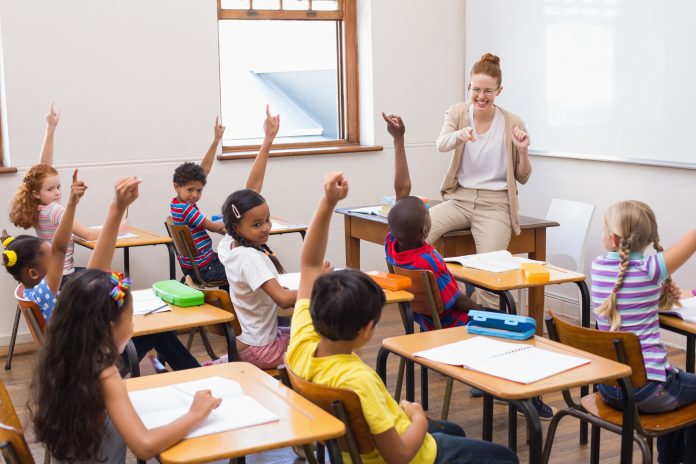I am a teacher. It’s how I define myself. A good teacher isn’t someone who gives the answers out to their kids but is understanding of needs and challenges and gives tools to help other people succeed. That’s the way I see myself, so whatever it is that I will do eventually after politics, it’ll have to do a lot with teaching.
– Justin Trudeau, Prime Minister of Canada
If teaching had only been about sharing information and facts, technology would suffice. As a teacher, it is important to ensure that students look to you not only to clarify doubts about their lessons but as someone they can approach to gain a better understanding of things both academic and non-academic.
Despite technology being brought into the classrooms for many functions, we continue to say that no technology can ever replace a teacher. Why so? Because teachers can and should inspire students.
An effective teacher does not just answer the “what” queries of their students but help them in developing the “why” and “how” while teaching. The teacher asks questions that spark students’ imagination and creativity while learning in classrooms. The whole idea is that if teachers instil curiosity for knowledge in students and make them believe that their teacher is there to help them through their learning journey, students will make a path towards their answers.
It has been observed that at a younger age students value the affection and appreciation of the teacher more than their parents. It boosts their confidence and makes them believe in themselves. This is because the bond they share with their teacher makes it easy for them to enjoy the activities and the way they are taught during their early years of education. However, the process changes as they succeed to the higher grades. Teachers focus on the curriculum and instruction and activities take a back seat.
The lessons become complicated and due to all this, students do not get to explore their creativity. They can no longer find the inspiration to try out new things or get curious about why things are the way they are taught.
Tina Seelig, a professor of innovation and entrepreneurship in Stanford University’s Department of Management Science and Engineering shares an example in one of her write-ups on The Medium. She says, “Say you are teaching how airplanes stay aloft. You could start by making paper airplanes, which even a 5-year-old can do. You ask students to make different models to see which flies the furthest. The older and more mature they get, the farther you can take this exploration, leading eventually to a laboratory with a wind tunnel to measure specific parameters, including the forces, angles, and resistance.” These are subjects that are tackled in advanced classes and can do well by being taught with practical examples.
It seems like growing up deprives students of hands-on experience and engaging ways of learning. This may give them knowledge of facts and information but does not help in learning about the application of those facts, and can affect their creativity, imagination and curiosity. Maybe schools can arrive at setting a regular, dedicated time for lesson related activity to make the lessons come alive.







